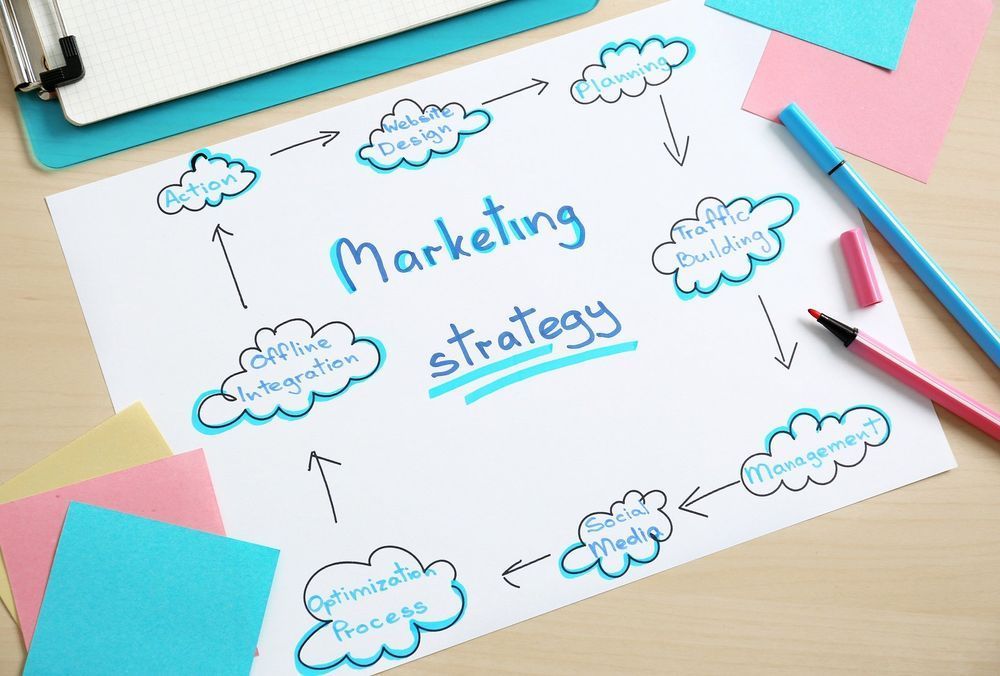
It can be tempting to think that online and offline marketing strategies exist in separate worlds with little to no overlap. Though this type of "channel-based" thinking might simplify the process of planning various marketing tactics and allocating funds for specific projects, it's also unrealistic. Research shows that consumers are influenced by both online and offline marketing strategies.
A recent report from the Interactive Advertising Bureau confirmed that multi-channel campaigns can improve purchase intent by 90 percent and brand perception by 68 percent. But it's not enough to simply mash your online and offline strategies together — a consistent message is critical to a truly integrated strategy.
It's All About Exposure
According to Entrepreneur, the average customer needs to be exposed to a brand message seven times before making a purchase. That may seem like a lot, but with a combination of online and offline marketing efforts, this number is well within reach.
For instance, if you own a dry cleaning business with three locations in the same ZIP code, you may want to run locally-targeted social media ads. Augment these digital efforts with physical signs in high traffic areas, including shopping malls, government buildings or even apartment complexes.
This is where continuity is a factor; it's important that the seven messages being seen by potential customers present a cohesive narrative, triggering thought processes that eventually lead to conversion. This strategy isn't just for big business — 33 percent of local small business owners surveyed by VistaPrint said that there are tangible benefits to more visually consistent online and offline marketing efforts.
Empowering Your Online Channels With Offline Efforts
One of the more compelling reasons why marketers sometimes choose to segregate online efforts from offline channels is that digital marketing is often cheaper and more effective in the long term. A division of channels creates the opportunity to substantially downsize offline marketing efforts, or even abandon them altogether.
Although it may initially reduce costs, relying solely on online media to self-promote can significantly reduce potential. A notable big box store used offline physical marketing to promote an online rewards program. By reinforcing the online marketing strategy with offline efforts and offering a consistent message across both platforms, the company was able to generate interest in the rewards program and encourage customers to continue using it after their initial sign-up. This example features a nationally-recognized brand, but smaller, local businesses can apply the same tactics to their marketing. Using offline media like fliers, signs and even radio or TV ads can encourage potential customers to visit a website or social media page.
It can take some time to strike the right balance between online and offline marketing strategies, and marketers would do well to experiment with different techniques. No matter the strategy, a consistent message across multiple platforms is always essential to reach marketing goals.







